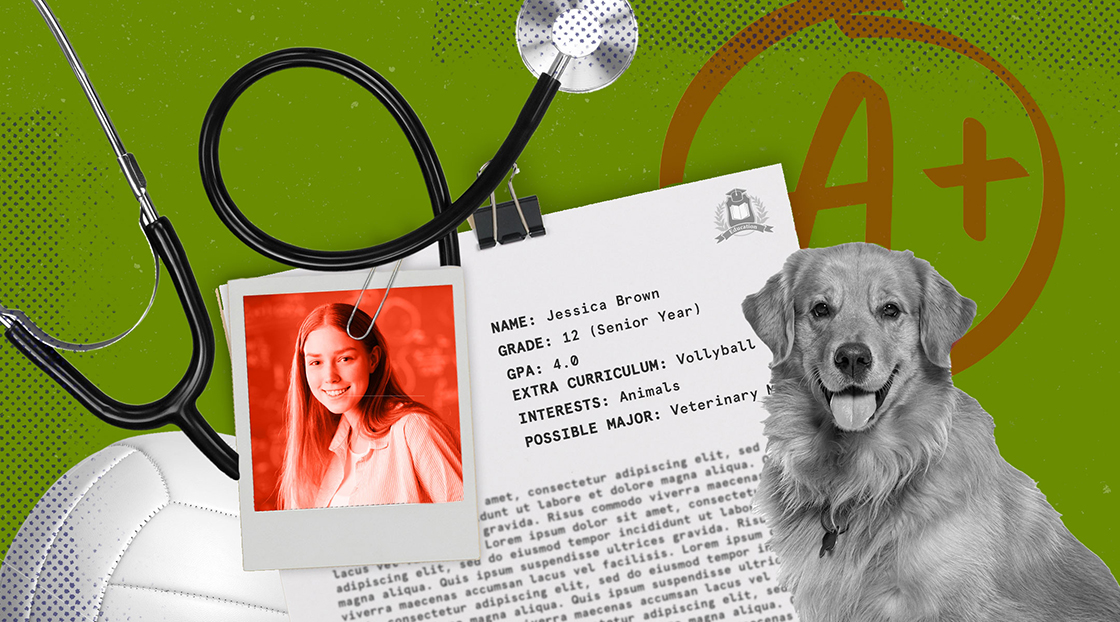Where to Next?
While direct admissions programs are ongoing in Idaho, Hawaii, Minnesota and Washington, whether they will be adopted nationwide has yet to be seen. Georgia, New York and Wisconsin all began direct admissions programs this fall, with legislation circulating in other states and individual institutions as well, some with the assistance of third parties, according to the 2023 Delaney and Odle study.
In 2021, the State of Illinois General Assembly introduced bill SB1639, which would establish a statewide direct admissions program. Though not currently state law, some Illinois universities have implemented modified direct admissions systems of their own.
Southern Illinois University Edwardsville, for instance, offers direct admissions into its business, education, nursing, pharmacy and other programs. Eligible students entering these programs via direct admissions must still submit an undergraduate admissions application but are then permitted to skip other program-specific requirements.
South Dakota implemented direct admissions in 2018 but discontinued the program during the pandemic. However, COVID’s disruption to the rising popularity of direct admissions may also have had an unexpected benefit.
“Prior to the pandemic, colleges and universities were leaning into test-optional policies,” said Sheetz. “Then COVID-19 tipped the scales, and test-optional became a more common practice across the board. This required us to change the playbook and step away from the traditional ways of reaching our market.”
Hence, direct admissions.
“We heard the impressive outcomes from the institutions that participated in the initial pilot program and from students and parents,” Sheetz added.
“I think direct admissions initiatives are a terrific way for a state to collectively identify and eliminate barriers to entry for future college students (and ultimately, its future skilled workforce),” said Talbert. “However, given the vast scope of colleges nationwide and their differences in selectivity level, institutional goals, etc. I am not convinced that a national system would be viable.”
On the other hand, although a nationwide system might be viable, according to Sheetz, certain institutions might wish to opt out of participating.
“That would be dependent on the requirements for admissions and the ability of the direct admissions partner or process to provide a sophisticated tool to detect a student’s realization of a requirement,” she said.
Others have agreed.
“I do believe direct admissions would be viable in any state, especially those looking to increase access and opportunity for high school graduates,” said Corey Zink, associate vice president for enrollment management at Idaho State University.
The data tells a nuanced story. Between 2015 and 2020, nearly 87,000 students were admitted to institutions of higher education via direct admissions, according to the 2020 Delaney and Odle policy briefing.
In Idaho, the program would not have functioned without universal SAT testing, a requirement for high school graduation in the state, the authors said. A single state agency has access to a student’s GPA, SAT and ACT scores and transcripts, which allows quick and accurate data compilation.
“Because the state already collects this data, state-level data sharing offers a large efficiency improvement over a traditional admissions system that has each individual student find and select colleges, then fill out this same information on each college application,” reads the Delaney and Odle brief.
“Many of my students are first-generation and/or low-income,” said Parma High School’s Fortin. “Direct admissions reinforces the message that we want them to know of, ‘Yes, you are college material!’”
However, direct admissions programs are not a panacea, cautioned Zink: “The barriers that might remain include that college is still too expensive as direct admissions can produce a false hope of the institution ‘funding my degree.’”








